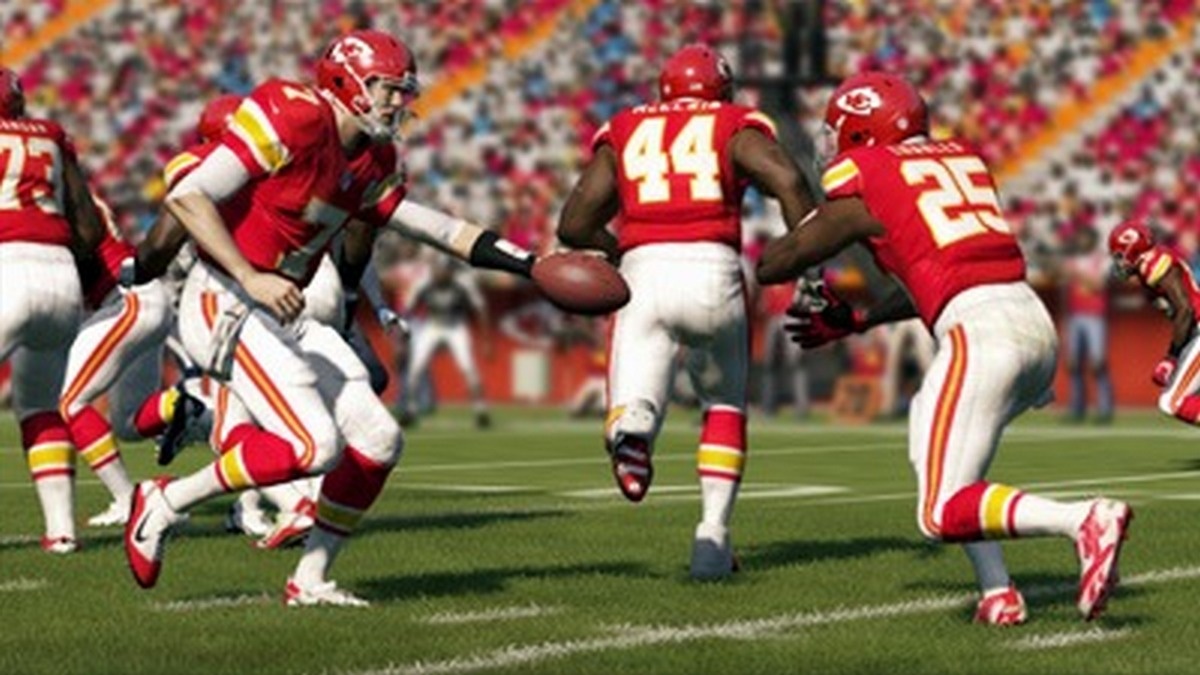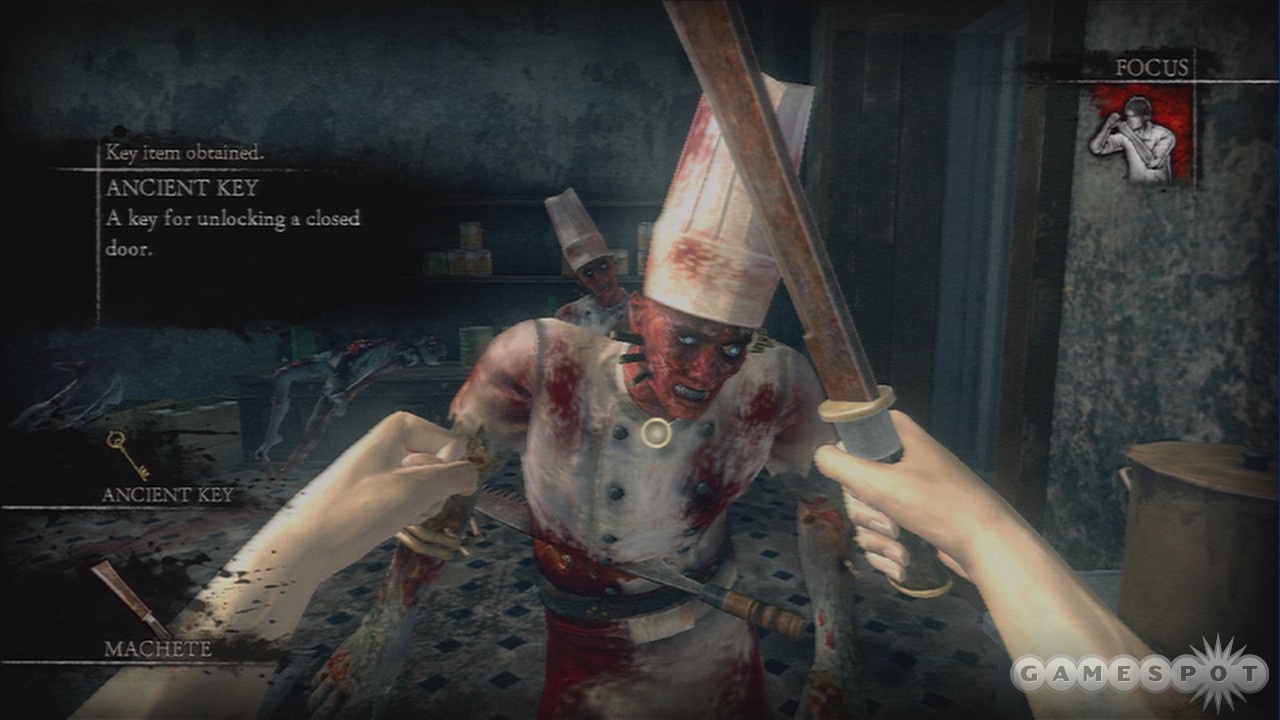A Missed Kinection
E3 2012: Sparing us the agony of poor motion controls.
It's such a relief when a publisher walks away from a lost cause.
For the last few years, Microsoft has been trying to force Kinect motion controls into games where they most definitely do not belong. Games aimed at the hardcore crowd that demand precise controls simply fail under the inherent limitations of the Kinect, but we had to put up with countless experiments as Microsoft and its partners shoved frustrating games out the door. It was always the darkest moment of E3, when Microsoft would play a prerecorded reel of Kinect games so it could hide the massive lag that naturally resulted when trying to play these games without a cloak of deception.
I couldn't contain my smile when the Microsoft conference wrapped up and I realized that no such pain was inflicted on the public this year.
Only a handful of games took advantage of the Kinect in any meaningful way. Three of these are expected and smart entries in the motion-enabled catalog. Dance Central 3 should be as entertaining as its predecessors because it doesn't require precision. Rather than having you control your onscreen avatar, the game merely monitors how close your movements match those of the virtual dancer, and judges you thusly. In Wreckateer--clearly influenced by Angry Birds--exact control isn't important since it's all about the chaotic freedom of knocking down towers with cannonballs. Fable: Journey is all about the Kinect, but it's tightly guided on-rails navigation should alleviate problems that arise in more taxing experiences.
It's the other two games on Microsoft's stage that I found most interesting. EA Sports has implemented Kinect controls in two of its biggest franchises: FIFA and Madden. And though my immediate fear was that we'd have to perform a slide tackle or diving catch in our living rooms, it quickly became apparent that such nonsense wouldn't be necessary. The camera--the defining part of the Kinect--wasn't going to be used at all for these games. Instead, the Kinect has been relegated to an expensive microphone. EA proudly touted the voice commands. Now, you can change your formations on the fly in FIFA '13 or shout a curse at a referee when he blows a call. Madden '13 has the same sort of functionality, letting you call an audible at the line of scrimmage. Yeah, it's all marketing hype. It's simple enough to change plays by just tapping a button like we've been doing for years, but it's a quirky gimmick for anyone who wants a spice of originality in their iterative yearly sequels.
What's most interesting is that this seems to be a growing trend for Microsoft. Mass Effect 3 let you command your squadmates with your voice. In a recent Skyrim patch, Bethesda added the ability to perform dragon shouts by shouting yourself. It's as if they've finally acknowledged that trying to cram motion controls into these experiences is a serious detriment to enjoyment. So instead of abandoning the technology completely, they're tossing in a few voice-enabled features so they can advertise "Better With Kinect!" on the box and keep their camera in people's minds.
The Kinect is a device that's clearly intended for a casual audience, and there's nothing wrong with that. Seeing imprecise motion controls forced into games was a bad idea that only created resentment toward this technology. Microsoft is taking a positive step by recognizing the strengths, weaknesses, and appeal of this device so it doesn't wind up in places it doesn't belong. At least I hope that's the case. The industry certainly doesn't need more games like Rise of Nightmares and Diabolical Pitch that highlight the worst elements of this uneven technology.
Got a news tip or want to contact us directly? Email news@gamespot.com


Join the conversation